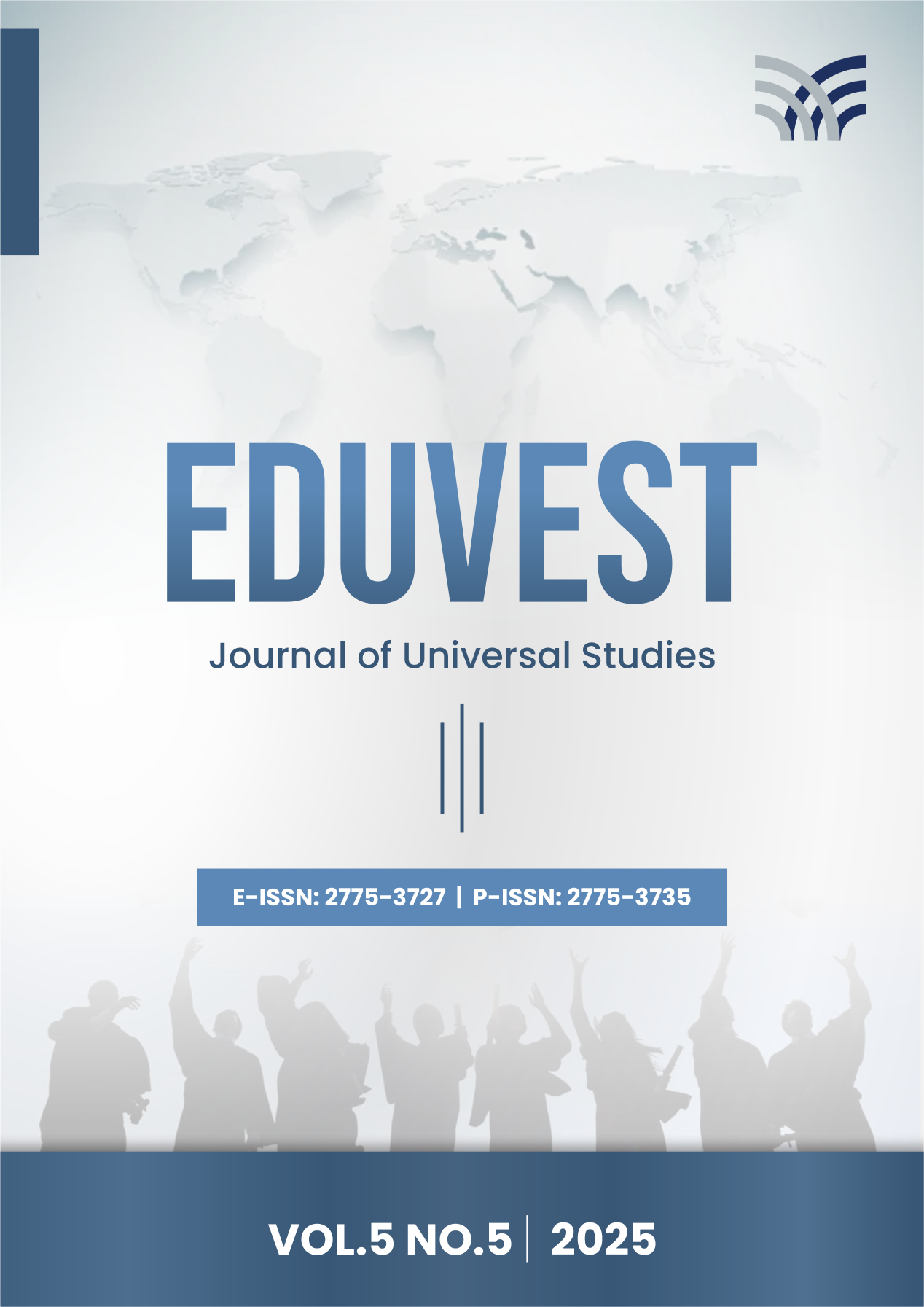Analysis of Determinants of Obesity in Adolescent Girls in Bogor District: A Case-Control Study
DOI:
https://doi.org/10.59188/eduvest.v5i5.50214Keywords:
Adolescent girls, obesity, risk factorsAbstract
Adolescent obesity is a growing public health issue globally and in Indonesia, particularly among girls aged 16–18 in the Bogor district. Despite this trend, the determinants of obesity in this population remain underexplored. This study aims to identify and analyze the risk factors associated with obesity among adolescent girls in the Bogor district using a case-control approach. An observational analytical study with a case-control design was conducted from May to September 2024, involving 104 adolescent girls aged 16–18 selected through simple random sampling. Data on anthropometry, dietary intake, physical activity, sleep duration, and family socioeconomic status were collected via validated questionnaires and analyzed using chi-square and logistic regression tests. Multivariate analysis identified five significant risk factors for obesity: excessive energy intake (OR=12.566), high family income (OR=3.494), low maternal education (OR=0.246), short sleep duration (OR=0.183), and low fiber intake (OR=0.087). Energy intake emerged as the most influential determinant. Other factors like physical activity, maternal employment, and protein intake were not statistically significant. The findings emphasize the need for targeted interventions focusing on balanced nutrition education, particularly among families with higher incomes and lower maternal education levels. Future research should explore the effectiveness of school-based and parent-involved nutritional interventions tailored to socioeconomic differences to prevent obesity from persisting into adulthood.
Downloads
Published
How to Cite
Issue
Section
License
Copyright (c) 2025 Made Putra Pradnyana, Hadi Riyadi, Yayuk Farida Baliwati

This work is licensed under a Creative Commons Attribution-ShareAlike 4.0 International License.











